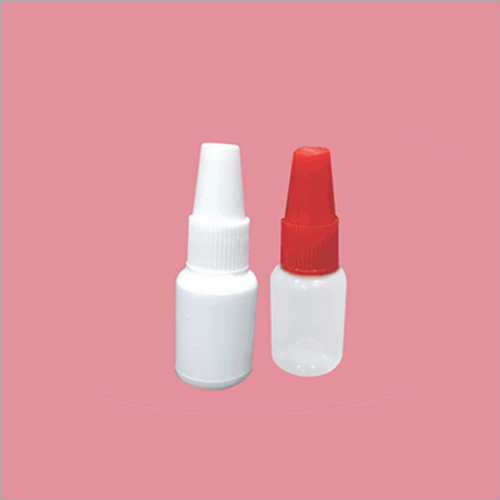Dropper Bottles
Price 7.00 INR/ Piece
MOQ : 1000 Pieces
Dropper Bottles Specification
- Material
- Plastic
- Hardness
- Soft
- Size
- Different Sizes Available
- Color
- White
- Warranty
- Yes
Dropper Bottles Trade Information
- Minimum Order Quantity
- 1000 Pieces
- Supply Ability
- 10000 Pieces Per Week
- Delivery Time
- 4-5 Days
About Dropper Bottles
Dropper bottles are small, narrow-necked containers that are specifically designed for dispensing liquids in small quantities using a built-in dropper assembly. These bottles are commonly used for storing and dispensing essential oils, pharmaceuticals, tinctures, and other liquid substances that require precise dosage control. The dropper assembly typically consists of a rubber or silicone bulb, a glass or plastic pipette, and a cap or closure.
FAQ (Frequently Asked Questions):
Q: What are the advantages of dropper bottles?
A: Dropper bottles offer several advantages for dispensing liquids in small quantities. They allow for precise control over the number of drops or the volume dispensed, making them ideal for applications that require accurate dosage. The built-in dropper assembly ensures easy and controlled dispensing without the need for additional tools.
Q: What materials are dropper bottles made of?
A: Dropper bottles are commonly made of glass or plastic. Glass dropper bottles are often preferred for their durability, chemical resistance, and ability to preserve the integrity of sensitive liquids. Plastic dropper bottles, usually made of high-quality plastics like LDPE (low-density polyethylene) or HDPE (high-density polyethylene), offer lightweight and more affordable options.
Q: Are dropper bottles suitable for essential oils?
A: Yes, dropper bottles are frequently used for storing and dispensing essential oils. The precise control provided by the dropper assembly allows for accurate measurement and application of essential oils, ensuring minimal wastage and precise dosage.
Q: Can dropper bottles be sterilized or cleaned?
A: Dropper bottles can be sterilized or cleaned, but the method will depend on the specific material. Glass dropper bottles can be sterilized using methods like autoclaving or chemical sterilization. Plastic dropper bottles may require gentle cleaning with warm soapy water, followed by thorough rinsing. It is important to refer to the manufacturer's guidelines for the appropriate cleaning and sterilization methods.

Tell us about your requirement

Price:
Quantity
Select Unit
- 50
- 100
- 200
- 250
- 500
- 1000+
Additional detail
Mobile number
Email
More Products in Dropper Bottles Category
LD Long Dropper Bottles
Price 7.00 INR / Piece
Minimum Order Quantity : 1000 Pieces
Color : White
Hardness : Rigid
Material : Plastic
Warranty : Yes
LD Long Dropper Bottles
Price 7.00 INR / Piece
Minimum Order Quantity : 1000 Pieces
Color : White
Hardness : Rigid
Material : Plastic
Warranty : Yes

 Send Inquiry
Send Inquiry




 Send Inquiry
Send Inquiry Send SMS
Send SMS